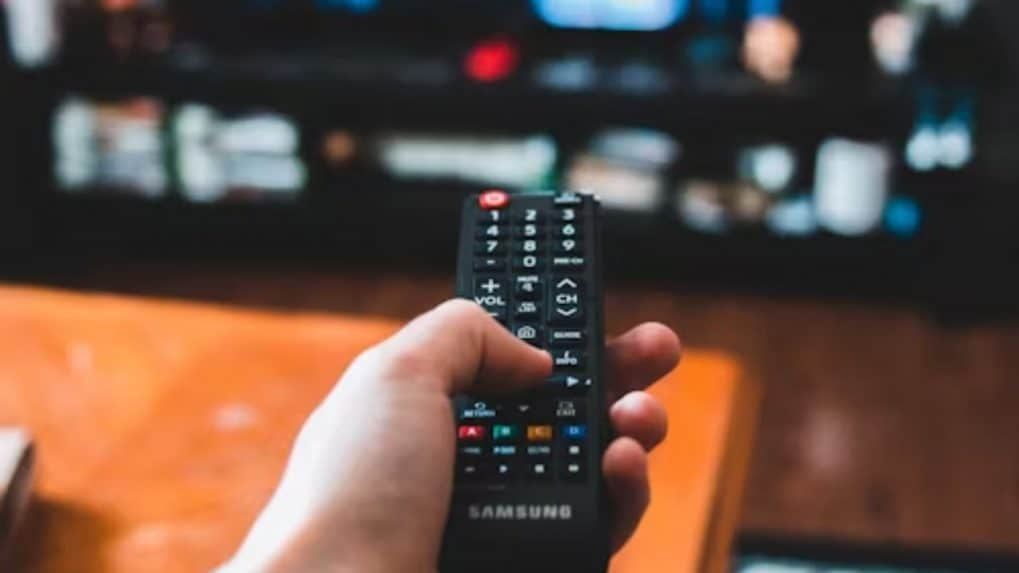Gaming
From Valsad to SC: Justice Pardiwala holds fate of $3 billion gaming industry, 2 lakh jobs

The All India Digital Cable Federation (AIDCF), the apex body representing the interests of cable TV operators in the country, has written to Union Minister of Information and Broadcasting Ashwini Vaishnaw and Finance Minister Nirmala Sitharam seeking urgent reduction of Goods and Services Tax (GST) on cable TV services from the existing 18% slab to 5%.
The appeal comes in the backdrop of Prime Minister Narendra Modi’s push for “next-generation GST reforms,” aimed at simplifying the tax structure, rationalising rates, and easing the financial burden on citizens. The proposed two-rate GST framework of 5% and 18% has raised hopes among several sectors, including the broadcasting and cable TV industry, which sees this as a chance for relief after years of financial stress.
According to the letter (a copy of which is with Storyboard18) by AIDCF states, cable television remains one of the most affordable and accessible forms of information, entertainment, and education, reaching over 6.4 crore households and directly supporting 10–12 lakh livelihoods across the country.
For decades, the sector has been powered by 852 Multi System Operators (MSOs) and nearly 1.6 lakh Local Cable Operators (LCOs), many of whom are small entrepreneurs serving district and village-level communities. The federation reminded the government that cable TV was recognised as an “essential service” during the COVID-19 pandemic and natural disasters, underscoring its importance in ensuring connectivity during crises.
However, despite its legacy and relevance, the sector is under unprecedented financial strain. “The market dynamics have become unfair for MSME players in the cable TV ecosystem, as they are bound by TRAI’s tariff regulations, while OTT and digital platforms operate without comparable regulatory oversight,” AIDCF said in its letter
The industry body flagged a number of issues that have compounded the financial distress of cable operators:
Escalating Broadcaster Costs: Satellite channel prices have increased by nearly 600% in recent years, leading to a 35–40% spike in monthly subscription prices for consumers. This, the federation argued, has made cable TV less affordable for the average household.
Shrinking Margins: With broadcasters raising channel rates and consumers resisting price hikes, cable operators are caught in a squeeze that is eroding their working capital.
Unregulated Competition: OTT platforms, which deliver similar services without the same regulatory or tax burdens, have been able to aggressively capture market share, leaving licensed operators at a disadvantage.
Changing Viewing Habits: The rise of digital platforms has altered consumer preferences, further weakening the subscriber base of traditional cable.
AIDCF argued that reducing GST on cable TV services to 5% could provide significant relief, with a multi-pronged impact:
Consumer Affordability: A lower tax rate would help offset the increase in subscription prices and ensure cable TV remains within reach of middle-class and rural households.
Business Sustainability: Lower GST would ease working capital requirements for operators, many of whom are MSMEs, helping them sustain their businesses and avoid closure.
Digital India Push: The savings could free up resources for operators to invest in wired broadband infrastructure, supporting the government’s Digital India vision and ensuring universal access to affordable internet and entertainment.
Level Playing Field: By reducing GST, the government could balance the competition between regulated cable operators and OTT platforms that currently benefit from tax and regulatory flexibility.
Job Protection: The revival of the sector through GST relief would help protect the livelihoods of lakhs of small entrepreneurs and workers employed directly and indirectly in the ecosystem.
“The reduction in GST will not only safeguard the viability of MSOs and LCOs but also advance the government’s objective of ensuring inclusive digital connectivity,” said Manoj P. Chhangani, Secretary General of AIDCF, in the letter addressed to Minister Vaishnaw.
The federation also urged the ministry to raise the matter during the upcoming GST Council deliberations, stressing that time was of the essence. “Our request, if considered, will provide much-needed relief to consumers, preserve the survival of small businesses, and sustain the role of cable TV as a vital element of India’s broadcasting ecosystem,” the letter added.
The request comes at a time when policymakers are actively debating reforms to make GST more citizen-friendly and industry-supportive. While the GST Council has already indicated its willingness to rationalise rates, sectors like cable TV are making strong cases to be included in the lower 5% slab.
Industry experts note that while OTT growth is undeniable, cable TV continues to remain the backbone of India’s broadcasting distribution, especially in Tier-2 and Tier-3 cities and rural areas. Any policy move that ensures its sustainability, they argue, will have a direct impact on affordable access to information and entertainment for millions of households.
Big-ticket buying decisions now demand more than just logic and product specs – they require trust, emotional connection, and brand stories that resonate.
Read MoreThe Online Gaming Bill 2025 imposes severe penalties, allows warrantless search and seizure, and empowers a central authority to regulate the digital gaming ecosystem. It is expected to disrupt platforms, payment systems, and advertising in the sector. Here's all you need to know about the bill.